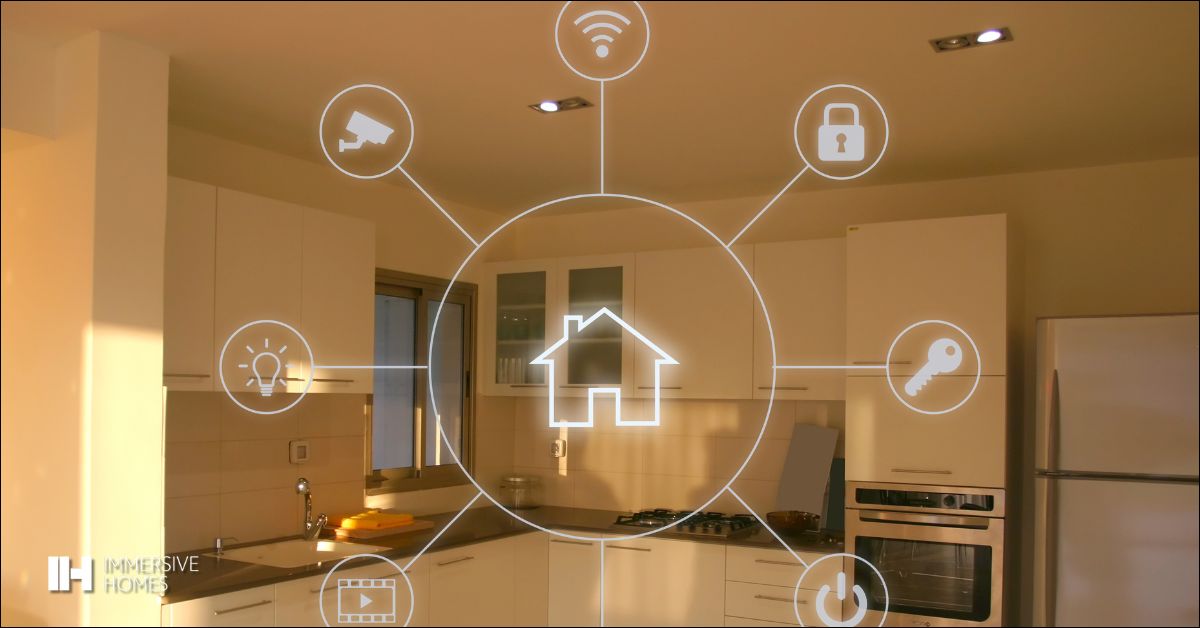
Energy-smart building is gaining attention as homeowners look for ways to stay cool during summer without facing high electricity bills. This approach to construction focuses on creating homes that naturally stay comfortable and cost less to operate.
With summer temperatures rising and Father’s Day celebrations bringing families together, homes are under more pressure to keep up.
The right building choices can make a big difference. Here is how an energy-smart building can help you enjoy summer without overworking your air conditioner or draining your wallet.
What Makes Summer So Tough on Your Home?
When the weather gets hot, your home works harder to stay cool. Air conditioners run more often, fans stay on all day, and appliances generate extra heat. This leads to higher energy use and higher utility bills.
The U.S. Energy Information Administration reports that cooling accounts for about 12 percent of residential electricity use in the United States. During the summer, this number increases significantly, especially when you host events like Father’s Day gatherings.
Extra cooking, more people indoors, and open doors can all raise indoor temperatures. These small changes cause your cooling system to work harder, leading to more energy consumption.
Why Do Some Homes Lose More Energy Than Others?
Not all homes are built the same. Older homes or homes built with low-quality materials often struggle to maintain indoor temperatures.
Common problems include:
- Air leaks around windows and doors
- Poor insulation in walls and attics
- Ducts that lose cooled air before it reaches your rooms
- Roofing materials that absorb heat
These issues can make your home uncomfortable and increase your monthly energy costs. An energy-smart building approach solves many of these problems during construction.
How Are System-Built Homes More Energy Efficient?
System-built homes are often better at keeping the indoor temperature stable.
Here is why:
- Materials are cut and installed with high accuracy
- Walls and roofs have fewer gaps and air leaks
- Insulation is added in a clean, dry environment
- Windows and HVAC systems are installed with better sealing
According to the Modular Home Builders Association, these homes can use 10 to 20% less energy compared to traditional homes.
This makes them a smart choice for families looking to save money and stay comfortable during summer.
What Are the Key Features of an Energy-Smart Home?
An energy-smart building is designed with materials and systems that work together to reduce energy use. These include:
1. Insulation
Insulation keeps cool air inside your home and blocks hot air from getting in. Many energy-smart homes use closed-cell spray foam, which has a high R-value, or resistance to heat. Some builders also use rigid foam boards to stop heat from moving through walls and ceilings.
Radiant barriers are another feature. They reflect heat away from your attic, helping to keep your whole home cooler.
2. HVAC system
A properly designed HVAC system is more efficient and uses less electricity. Energy-smart homes often include:
- Zoned systems that let you control temperatures in different rooms
- Programmable thermostats that adjust settings automatically
- Ducts that are sealed to stop cooled air from leaking into crawl spaces
Builders who use industry standards can make sure the system is the right size for the home. This leads to better performance and lower bills.
3. Windows and Roofs
Windows with low-emissivity coatings and gas-filled panes help block heat from the sun. These windows keep your home cooler without needing thick curtains or extra shades.
Roofing materials also play a role. Cool roofs use light colors or special coatings to reflect sunlight.
According to the Cool Roof Rating Council, this can lower roof temperatures by up to 50 degrees Fahrenheit and reduce cooling needs by 10 to 15%.
4. Solar Energy
Many new homes are built to be solar-ready. This means the roof is designed to fit solar panels easily and face the right direction for sunlight.
Some builders even install mounts for panels during construction to make the process smoother later on.
Homes may also use passive cooling techniques, like placing windows to allow cross-breezes, or using roof overhangs to provide shade.
Do Energy-Smart Homes Save Money Over Time?
Homes built with energy efficiency in mind continue to save money month after month. The U.S. Department of Energy estimates that Zero Energy Ready Homes can save homeowners an average of $125 each month on utility bills.
Over the course of several years, that adds up to thousands of dollars in savings. Plus, the home will stay more comfortable through both hot summers and cold winters.
Are There Financial Incentives for Energy-Smart Building?
Federal, state, and local programs offer rebates and tax credits for homes that meet certain energy standards.
Examples include:
- Federal tax credits for new energy-efficient homes, up to $5,000
- State energy rebate programs for solar panels or HVAC upgrades
- Utility company incentives for installing certified energy-saving equipment
You can search for available programs by visiting DSIREusa.org, a national database of incentives and rebates.
Some lenders also offer special home loans for energy-efficient properties. These loans may allow you to borrow more or receive better interest rates based on expected savings.
Is Energy-Smart Building Worth It for Summer and Beyond?
Building or buying a home with energy-saving features is a smart long-term decision. These homes use less energy, stay more comfortable, and offer greater peace of mind during extreme weather.
Whether you're starting from the ground up or planning upgrades, now is the perfect time to think about how your home can better support your lifestyle.
At Immersive Homes, we specialize in system-built homes that combine efficiency, durability, and thoughtful design.
Contact us today to see how we can help you create a home that’s not only energy-smart but also tailored to your needs.
FAQs
What is energy-smart building for summer living?
Energy-smart building for summer living uses design strategies like advanced insulation, reflective surfaces, and natural ventilation to keep homes cool without heavy reliance on air conditioning. This approach not only reduces energy bills but also creates healthier, more sustainable living spaces.
How does passive solar design help keep homes cool during summer?
Passive solar design keeps heat out by orienting windows properly, adding shading elements, and using thermal mass to balance indoor temperatures. These methods help homeowners enjoy cooler interiors while cutting back on energy use.
What passive cooling techniques can reduce summer indoor temperatures?
Passive cooling techniques rely on natural methods like cross-ventilation, night flushing, and reflective surfaces to lower indoor heat. When combined with thermal mass materials, they can significantly reduce the need for air conditioning.
What are energy-efficient construction tips for building a cool home?
Energy-efficient construction for hot climates often includes reflective roofing, high-quality insulation, and well-placed low-E windows. Adding awnings or overhangs also prevents excess sun exposure, keeping interiors naturally cooler.
Are reflective roof coatings an effective way to reduce summer heat gain?
Reflective roof coatings work by bouncing sunlight away and radiating heat back into the atmosphere, which lowers roof surface temperatures. This makes homes cooler in summer and helps extend the life of roofing materials.

